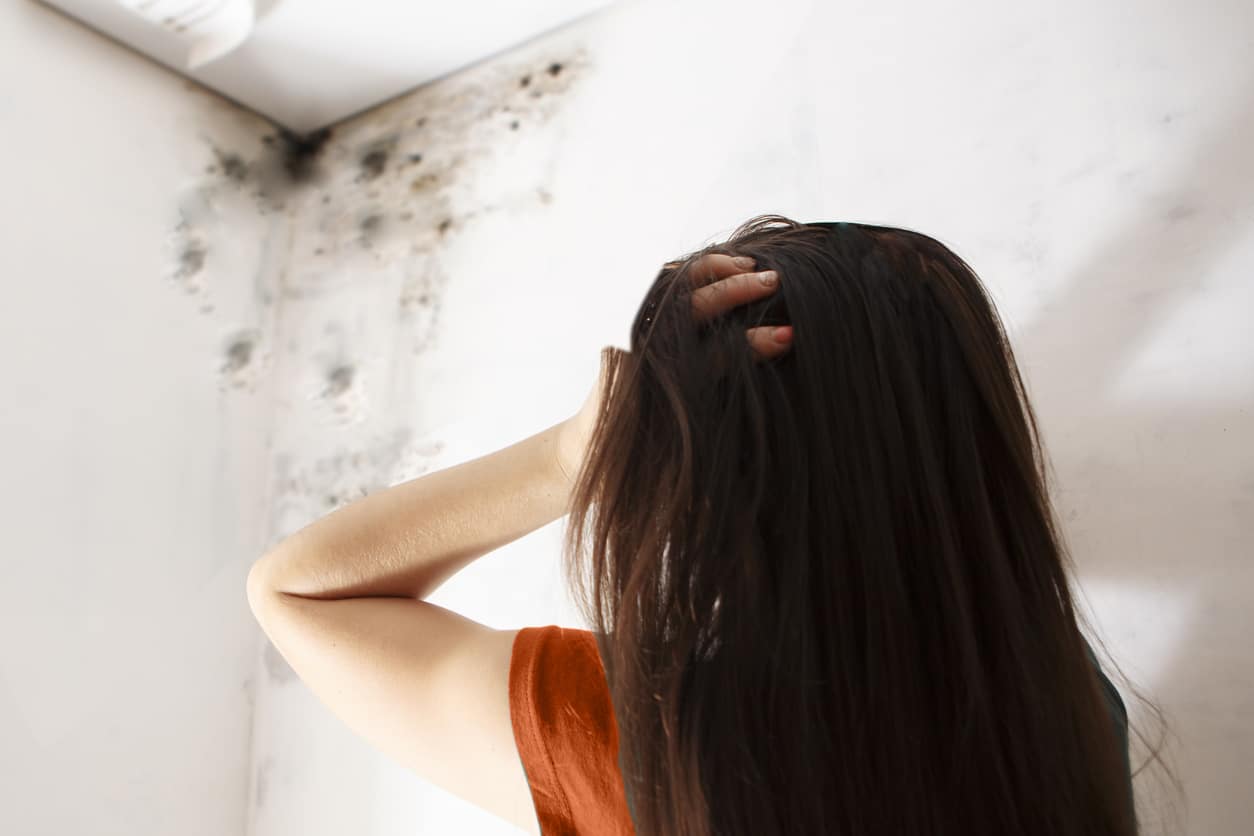Mold allergies are common, affecting approximately one in five people. Mold is a type of fungus that thrives in damp, humid environments and can be found both indoors and outdoors.
While some people can be around mold without any problems, others may experience allergic reactions when they encounter mold spores that may be similar to allergic responses to other allergens, ranging from coughing and sneezing to itchy and watery eyes. There are different types of mold allergies and it’s possible to only be allergic to one type.
As the weather changes this fall, consider how to prepare yourself for mold allergies this season.
Mold Exposure

Exposure to mold can happen in various ways. Mold forms in damp environments and produces spores, which may cause an allergic response. Indoor exposure is often linked to areas where moisture accumulates, such as bathrooms, kitchens, basements and laundry rooms. Leaky roofs, windows and pipes can also create an environment conducive to mold growth. Mold can be found on walls, ceilings, carpets and even in the air ducts of your home and high humidity levels encourage mold to flourish.
Outdoor mold exposure is also common in damp areas, especially during the fall when leaves begin to decay along walk paths at Pringle Park or after periods of heavy rain. Walking through wooded areas, handling leaves or being near compost piles can also increase your risk of exposure to mold spores.
Symptoms of Mold Allergies
Symptoms of a mold allergy can vary from mild to severe.
Common symptoms include:
- Sneezing
- Runny or stuffy nose
- Coughing
- Itchy or watery eyes
- Postnasal drip
- Throat irritation
In more severe cases, mold allergies can trigger asthma symptoms, such as wheezing, shortness of breath and chest tightness. Skin rashes or hives can also occur, though this is less common.
It’s important to note that mold allergies can be mistaken for other respiratory issues, such as colds or seasonal allergies, so it’s crucial to pay attention to when and where your symptoms occur.
Allergy Prevention
If you suspect you have a mold allergy, there are several steps you can take to reduce your exposure and manage your symptoms:
- Keep your home clean and dry. Clean mold with traditional household cleaners or a solution of equal parts bleach and water.
- Use a dehumidifier.
- Fix any leaks in your home.
- Ensure proper ventilation, especially in damp areas such as the bathroom.
See a doctor if you experience persistent mold allergy symptoms or if your symptoms impact your daily life. Additionally, contact your doctor if you experience shortness of breath or tightening in the chest.
An ENT specialist performs tests to confirm if you have a mold allergy and may recommend treatments such as antihistamines, nasal sprays or allergy shots.
Managing allergy symptoms begins by understanding them. Allergy symptoms can be minimized with proper management. To better understand your mold allergies, contact Willamette ENT & Facial Plastic Surgery to schedule a consultation today.
“I came to be under Dr. Donovan's care during a medical emergency at the hospital. The care I received that day and in every interaction after, at Willamette ENT has been prompt, professional and very thorough. I feel very well cared for.”